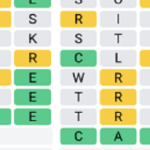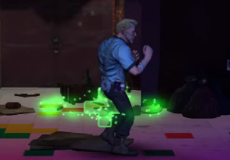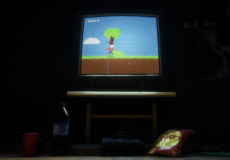
Pieces of Me
Advertisement
Pieces Of Me begins when Grisha comes back to the town he once called home. He expects to see his younger sister, but the meeting never happens. The streets are quiet. The apartment still holds furniture, books, and familiar shapes, but no one speaks. The school stands open, though nothing inside invites him. The player walks through a place where something should be happening, yet nothing moves. What unfolds is not told directly — the player must notice, compare, and keep walking.
Advertisement
Similiar games
Finding Meaning Through Surroundings
The game offers no tasks or instructions. Progress comes from exploring. Notes, locked doors, distant sounds, and changes in lighting shape the player’s understanding. There are no visible characters, but presence exists. The rooms shift as the player pays attention. The hallway may darken, a door may appear chained, or a space once silent may begin to respond. Movement becomes memory — the more the player moves, the more the past feels present.
Main Structural Features of Pieces Of Me
- First-person movement without combat or puzzles
- Narrative told through environment and observation
- Inspired by 2000s Russian urban and domestic spaces
- Average playtime around 90 minutes
- A spin-off connected to the game September 7th
- Topics include trauma, isolation, family distance
- No voice acting or cutscenes — only space and sound
- World reacts subtly to the player’s attention
- Focus on physical places as emotional memory
- Built as a single-session interactive experience
Rooms That Remember
Each space in the game holds a different emotional tone. Some are bright and still, others dark and enclosed. The player’s movement feels personal — not because of character development, but because of the setting’s silence. Doors that were once neutral begin to resist. Graffiti becomes clearer. The more the player looks, the more the building feels aware. What begins as a simple visit turns into a slow shift toward a past that never left.
No Final Explanation
The game ends without full resolution. No one explains what happened. No summary is given. The player is left with the route they walked and the things they noticed along the way. Pieces Of Me doesn’t deliver a finished story — it offers a space where memory, absence, and quiet change exist at once. What the player carries at the end is not a solution, but a series of moments that feel shaped by both what was there and what was no longer found.
Discuss Pieces of Me























